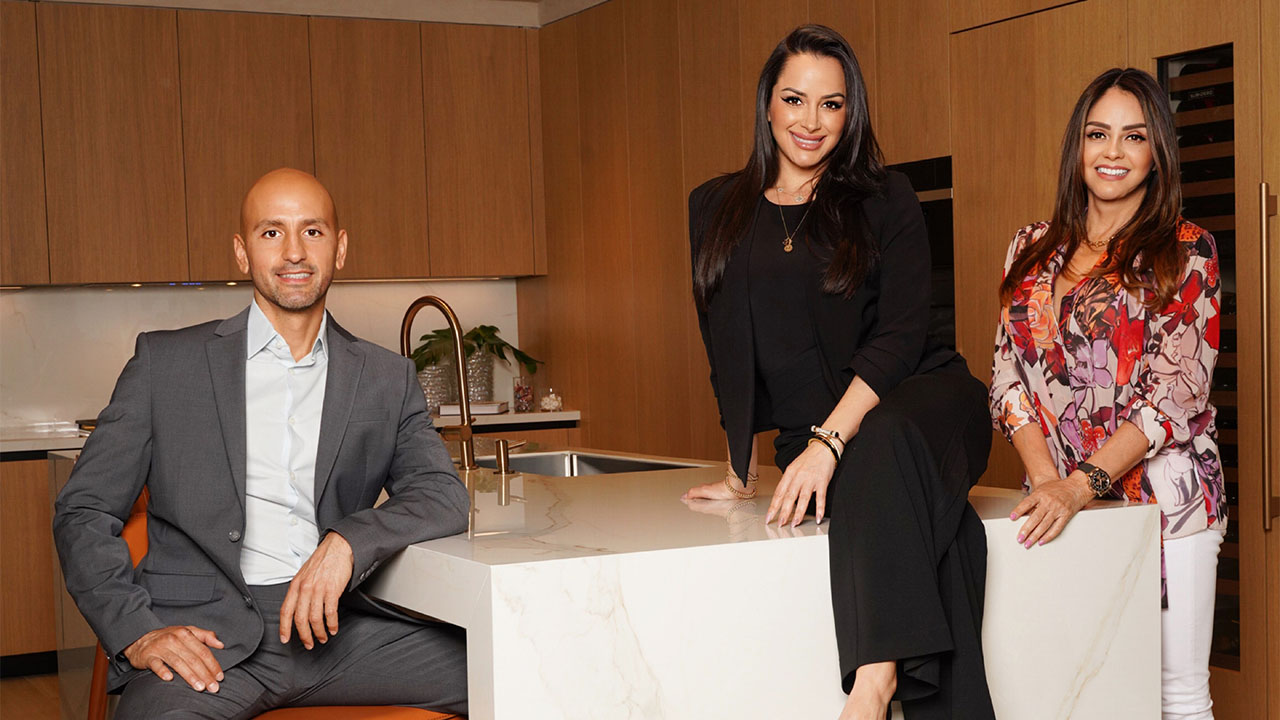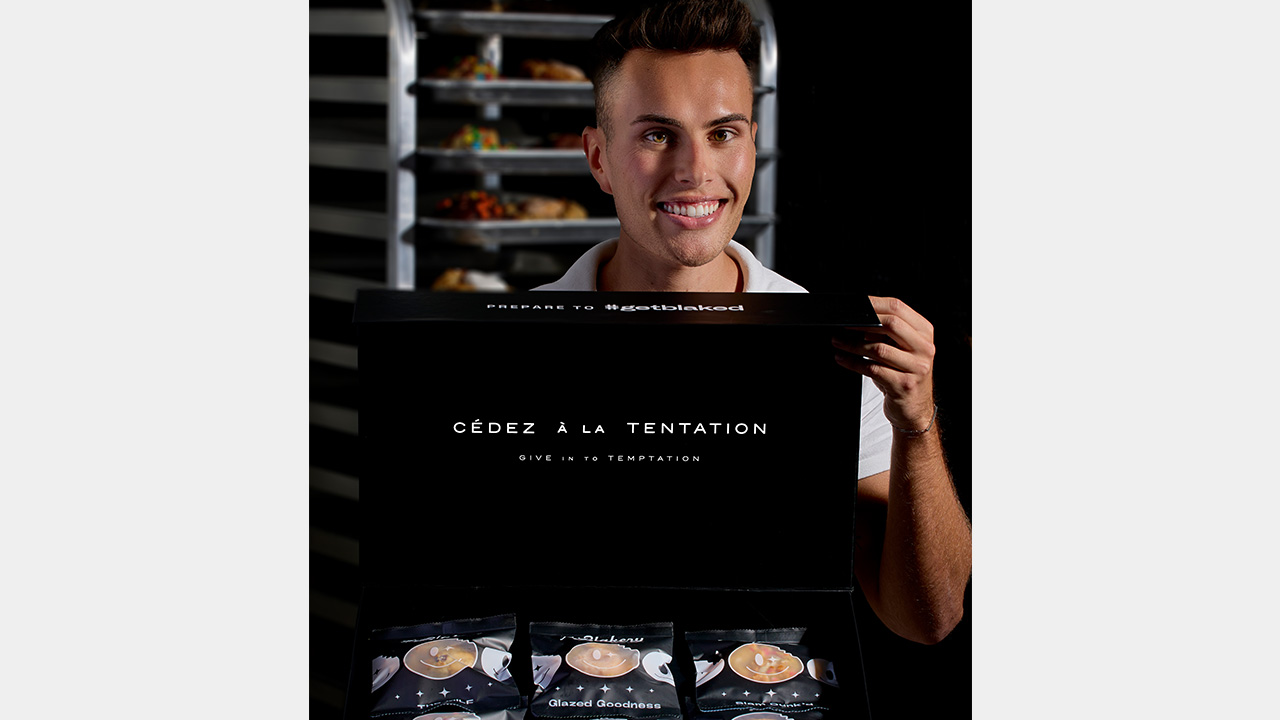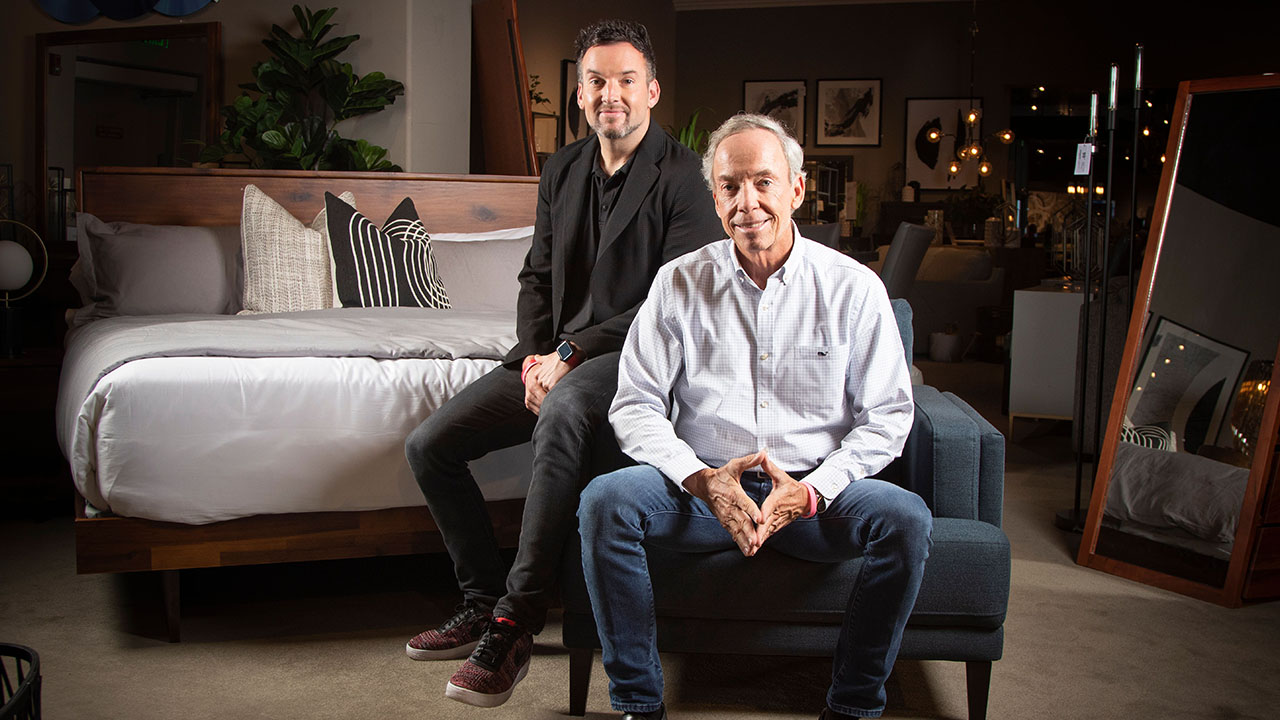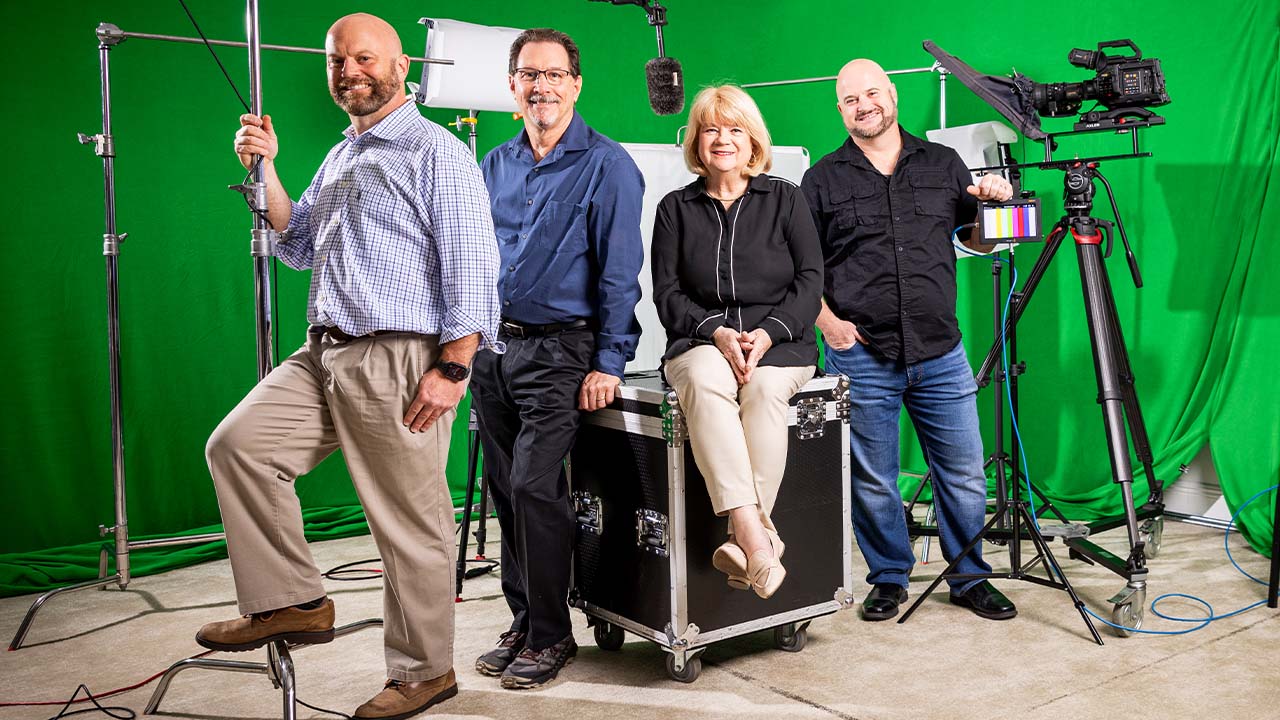As part of SFBW’s 2021 Excellence in Human Resources Awards, Editor-in-Chief Drew Limsky hosted a post-event roundtable where select honorees and industry veterans discussed the unique challenges of today’s evolving work environment. Five HR directors—Medtronic’s Lisa Lopez, Jessica Ayers of Sentry Data Systems, Natalia Velasco of Fluent Cannabis Care, Adalyn Tello of RCC Associates, and PeakActivity’s Peggy Myers—were joined by Alan Berger, VP of human resources at the executive search firm StevenDouglas; and Stephen Garber, founder and CEO of Third Level.
THE HR MANTRA
LIMSKY: I’ve never heard the phrase “hire slow and fire fast” so many times as in the past couple of months, the idea being you should be very intentional about the way you hire, and then in terms of firing it’s very important to rid the institution of toxins. What do you think?
BERGER: “Hire slow” is a great concept, but if you lose out on a great candidate you fail. The important thing is knowing who your candidates are and what their timing is. I’m working on a role right now for a global head of HR. I presented six candidates. They looked at two and want to move forward. I told them that neither is interviewing anywhere else, so they have time. There’s another search I’m working on where I said two of these people are actively interviewing, two are in transition, so they’re going to take something that pops up, and the other two are typical candidates. If it’s a really tough-to-fill job, you’d better focus on moving pretty fast. On the “fire fast” side, document the hell out of why you’re firing them. Any HR pro will tell you that nobody should be fired without being given a chance. If they did something completely wrong and inappropriate and it requires firing, then you’ve got to do it. But if it’s performance-related, if it’s a pattern, document it to protect yourself in the future.
GARBER: What do we mean by hire slow? We mean intentional. We mean well-planned. To make sure there’s both a job description and a cultural fit. Not just a warm body to fill a position. As for the fire fast part, one of my first CEO clients, decades ago, said to me, “Change the people, or change the people.” If you see things that people aren’t doing well, give them the opportunity to learn and improve. Coach them, guide them, train them. But if they are not able to learn or willing to learn, people teach you who they are. Listen to them.
LIMSKY: How do you handle severance situations?
LOPEZ: It’s important to take care of your employees. It creates a reputation. The people who stay and the people who leave speak to each other. That’s also true with job candidates. What about all the people you didn’t hire? How did you treat them? The messaging is important. There are more of them out there than there are in your company.
MYERS: In the business I’m in, we need people quickly. We hire very intentionally, and I work with my leaders to get clear on what the job is and what’s needed in that role before we even start the process. It’s important to be intentional about what you’re looking for with the culture and the fit. In terms of fire fast, I struggle with that one unless it’s blatant. I’d want to document. I also don’t think that most companies have good enough orientation and onboarding to help people to be as successful as they can be. The expectation that someone is up and running in two weeks and should be contributing 100% productivity is unrealistic.
LIMSKY: What is a common mistake that businesses make during the onboarding process?
MYERS: Planning for the onboarding. You should have a 30-, 60-, and 90-day plan for people when they come onboard. I’ve found that most people don’t get fully integrated into the company and into the role for six months. Especially if you’re dealing with knowledge positions. I think preparing on the front end for that person, hiring intentionally, like Lisa said, prevents you from having to “fire quick.” I worry that people aren’t being given the runway to really be successful. It’s something that we continually look at to make sure we’re doing the right things and always improving.
WINDOW OF OPPORTUNITY
LIMSKY: So it’s not about finding the best person, maybe from even out of state, who’ll come in, but the best person within a reasonable window of two or three weeks, and that includes how people respond to your posting. After a certain point, there’s probably diminishing returns, with the most appropriate people submitting applications within the first five to seven days, right?
MYERS: Absolutely, and we’re having to do passive recruiting more than ever. When you have a passive candidate, they’re not sure if they really want to leave their current job. So as much as you sell, and say, this is what we have to offer, you’re still in a position where they’re not necessarily looking, but they may be the best person for the job. It’s tough right now.
VELASCO: This industry, medical cannabis, has been challenging because of changing regulations. During covid, we need people ASAP, because we have the license all the way from the seed to the final product that goes to the patient. So I hire people from entry level cultivation all the way up to CFO, CEO. It’s taking about six weeks because of the requirements of the industry. All my employees need to pass a background check, fingerprints, drug test. And because of covid, everything is taking a long time. In the last couple of weeks, I’ve been trying to fill two roles in the corporate office, and we’re very close. I interview a person, and if I want to take the time to get to know if they fit with the company culture, they’re out of the market the next day. Hire slow? I don’t know if I have that option right now.
AYERS: I’m finding myself having issues with the drug screen process now more than ever with candidates testing positive for marijuana, and how we’re dealing with that in our state with medical marijuana. It becomes a discussion about every single candidate in that boat, which delays the process. Are we going to make an exception here? How are we going to handle this person? Maybe they were so hard to find that we’re willing to overlook it in that particular candidate, but maybe we still want a drug-free policy elsewhere. That becomes a real issue with hiring and consistency and everything else we keep tabs on.
LIMSKY: Stephen, you have a lot of thoughts on a distributed workforce. I think we have to talk about expectations that employees and employers have in terms of returning to the workspace, and whether they’re converging or diverging.
GARBER: It has to do with the culture of the organization and the belief system, particularly for the small to medium enterprise. The mindset of the owner or leader of the organization. I work with people who say, “That’s it, May 1 everyone’s back, that’s the way it is, you don’t want to come back, go find another job.” I see other people who are saying “Hey, this is working. Whatever you want. Talent is what matters most. Let’s find a way to make it work.” It also touches on another topic, which is the mental health challenges that we are facing now. What is the organization’s responsibility? How do they support that? Being forced to go back to work is a big part of it. The challenges of, “Am I left out? Am I part of? If I come back, am I safe? If I don’t come back, do I stay front-of-mind?” There are so many different parts to it that it’s very nuanced. I don’t think there is a black and white. It will depend on the cultures of the organization. We’re in uncharted territory.
LIMSKY: I love that you brought up mental health. We’re coming out of a horrific situation, and most employees have been real troopers. It’s been a year. They’ve probably worked longer hours because they’ve worked from home. This is what studies show. Are employers expecting, “Hey, now we’ll have you 100 percent, and you’ll be in the office,” whereas the mindset of the employee may be thinking, “I need a little bit of me-time? Is my employer going to be surprised when I immediately want to use my vacation time for my own mental health?”
GARBER: All of the data pointed to letting people having flex time years ago. People given flex time appreciate that and actually work more and harder, not less. The younger generation is more motivated by purpose and meaning and learning and they will continue to invest themselves in it. But it does lead to a mental health challenge. One of the companies I’m working with has a very enlightened CEO, and he actually is enforcing a mental health day per month for every person. He says, “If you think you don’t need it, A. You’re probably wrong; and B. Take it and give it to the community or the family.” What did it do to the attitude of the staff? The brand went straight up, not down. Recruiting went straight up. It became a recruiting tool, which was not the intention.
AYERS: There are a lot of companies where it hasn’t been all remote, where certain positions have been allowed to work from home and others on-site. I am working from home today, but I’ve been working in the office since last June three to four days a week. It’s important how that’s messaged. There is already a lot of resentment from the individuals who have been allowed to work from home all this time. Now you’re bringing them back to the office and they’re going to want to know why. They have been successful in their eyes for more than a year, and they’re going to want to understand what’s changed about that. And then you have people who have been in the office the whole time who are like, hurry up and get back here. We’ve been waiting. So leaders have to make sure they’re messaging very carefully.
EMPLOYEE’S MARKET
LIMSKY: A couple of you have touched on which businesses are desperate for help, compared to those where it’s an employer’s market.
TELLO: Our business is construction, and we’re extremely busy. We’re a general contractor and we build throughout the U.S. The positions I fill are always challenging. Covid did not affect us. We’re essential workers, we never stopped working. We only worked from home through June and then we were back. Working from home vs. office has not been an issue. Our culture and group are dynamic, energetic, and fast-paced and we feed off each other. I agree that onboarding is key, and as far as hiring quickly and intentionally, I have to. It’s high demand. The good candidates are taken. Instead of prescreening so much with HR and bringing them back for second interviews, I have everyone meet them the first day if I like them. I don’t waste any time. I’ve done some of the prescreening, I get the references, but in our industry for the most part you know somebody who knows somebody who knows somebody. As soon as I get a resume, I’m on it. We’re big on looking at longevity. The right fit is everything with our culture. We’re fast with everything. The employee has to hit the ground running, which can be challenging. I like to plan onboarding as much as I can so they can feel welcomed and not just thrown out there. Everyone comes in for training for two straight days in the office, but then, for my field employees, I have them shadow a more senior person for at least a week.
LOPEZ: I’ll chime in about recruiting, hiring, or doing business with people that you know. I think part of that is great. Usually you end up with people who stay longer and are more loyal, depending on the referrals. Sometimes it can skew things in terms of diversity. It’s not just who you are and where you’re from, a lot of it has to do with diversity of thought. I think a lot about diversity of thought when we think about innovation. It’s very easy to get people who think like me, even if it’s through the periphery, not my family and friends, but someone I normally interact with, which are usually people who look like I do and have a similar culture. You end up having the same perspective. In order to innovate and get a better product you need different perspectives and different views.
AYERS: I 100 percent agree with Lisa on thought diversity. Also, a lot of times when you’re working with employee referrals, you end up hiring folks that are not the best candidate overall. You put so much weight on the fact that so-and-so worked together eight years ago that it can overshadow red flags you might see, and when you’re comparing them to other candidates, they might not be the best.
LOPEZ: I used to support Latin America, and in one of our offices we continued to hire people from this one competitor, and so it became like a clique. That’s a danger. It’s good to have a lot of the same values and things that your company may have, but it ends up where the people around them may feel excluded.
LIMSKY: What can be done to make the onboarding process more effective, particularly with remote workers?
MYERS: Our workforce has always partially been remote, and we make sure we do an onboarding that includes a Zoom that everybody is on. That gives them a chance to meet people not just in their group but outside. We make sure to do icebreakers and things that connect people. So if someone talks about living in South Florida and they like paddleboarding, “Oh, I paddleboard too.” Even though you’re not together, creating connections with people within the organization is critical for helping them feel a part of it. We do a town hall meeting once a month. The new hires introduce themselves again. We do our best to make sure they have a really good plan for when they’re starting out, so it’s not just sink-or-swim. You don’t get the water cooler conversation organically but I’m very intentional about making sure we get it when we are in meetings together, and we are all connected that way on Zoom or Google Meet or whatever people use.
AYERS: My organization was mostly remote even prior to covid. One of the things that was most successful was establishing a mentorship program. New employees are immediately partnered with someone that’s more senior in the organization or just more tenured, and that’s their go-to person on where things are located. And also just making them feel welcomed by sending swag and things like that to their home in advance so that they know we’re excited about them starting, and they feel like they do have a first day of work coming up and it’s not just another Monday at home.
LIMSKY: Let’s dive into the question of the great migration from New York, New Jersey, and California to Florida. The statistics are all over the place. On the one hand, they’re very positive in terms of these $30 million houses snapped up, the tech tribe being lured by Mayor Suarez, and growing the fintech center. Then you read articles in the Wall Street Journal and other New York-based papers that say this migration is short-lived, that everybody will come back to the city once they get a load of the Florida hurricane season and the lack of a talent pool. As someone who was educated in New York, I try to be evenhanded. But one statistic I cite is that in U.S. News’s list of the top 20 national universities, ten of them are within a five- or six-hour drive of New York City. How do you compete with that? And how do you attract talent from the Bay Area without Stanford and U.C. Berkeley?
BERGER: If you look at 20, 25 years ago, you had a company that everybody knows down here called Citrix. Somebody coming from the Bay Area says, “Hmm, Citrix sounds like a good opportunity, but if I go there and stop working at Citrix four years later, where do I go to work? There’s no other companies like that in South Florida.” Now we have them. We’ve got the CareClouds and the Modernizing Medicines. That fuels the influx of talent here in South Florida. Tech industry growth is just going to make it better.
GARBER: I’m very engaged in this topic. What Alan said is 100 percent correct. Job growth in the tech industry in South Florida has been phenomenal, and phenomenally underreported, because a lot of it is inside organizations like Auto Nation. We don’t think of Auto Nation as a tech company, but they have a huge tech space. ADT is another one. The money for the first time is showing up. We actually have investment funds and people who are investing in second stage. It doesn’t change the one core element, which is getting our educational system up to snuff to be delivering talent in the tech space in a more sophisticated and growing way.
AYERS: I’m curious what people are doing to grow their own talent pools internally to bring up future leaders through their pipeline.
LOPEZ: We’re a large employer around the world with 90,000 people, but one thing we’ve found that’s very economical in addition to the internal development programs is what we call employee resource groups. If you want to be a global volunteer, if you want to sit on councils, you want to lead projects, this is how you gain this informal leadership role. We give individuals these opportunities, which showcase them to the organization. Sometimes an individual doesn’t have an opportunity to lead, but in these groups they do.
MYERS: At PeakActivity we do internships to bring more entry-level talent. Beyond that people self-identify because we’re so entrepreneurial. If you step up, you can create your own job. Part of our culture is being a learning environment. We do something called Peak University where anybody in the company can do a quick 20-minute Ted Talk on any topic they like. People love it.
















